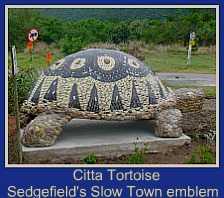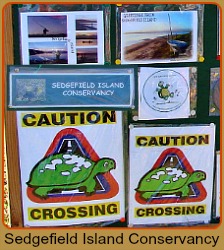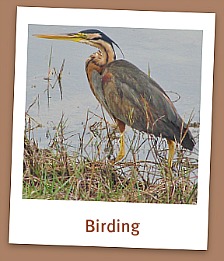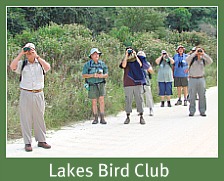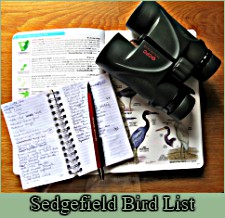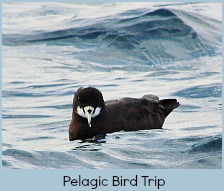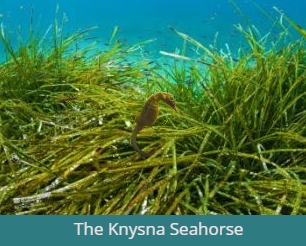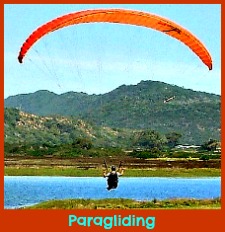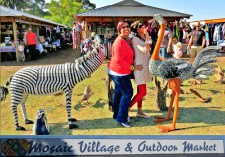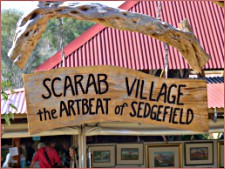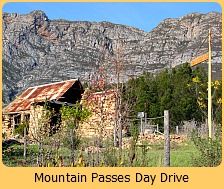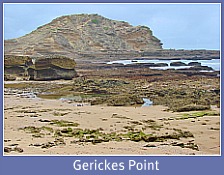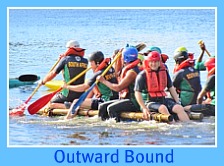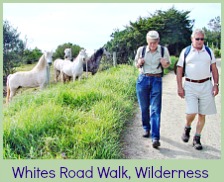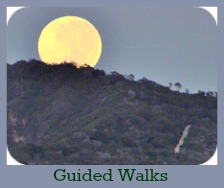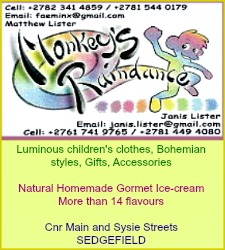Rehabilitating Raptors at Bird Cottages
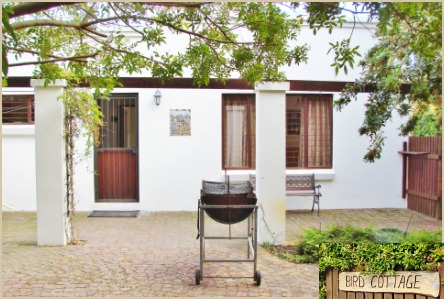
The environment was ideal for rehabilitating raptors when Andy moved to the house on the Island in Sedgefield in 1988 that had previously belonged to Bob Reimers, his wife's father.
Bob came to Sedgefield with his wife, from his beloved sheep farm near Tsitsikamma where he had first retired in 1973. He had owned the farm for several years before that, building it up and equipping it to be part of his idyllic retirement plan.
Prior to retirement Bob had been employed for many years by SAR&H (South African Railways and Harbours). Diligent and conscientious, he had finished work as the District Engineer stationed at Oudtshoorn. At the time, included in his responsibilities was the maintenance of the Outeniqua Choo Tjoe’s railway line.
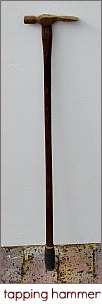
Andy has an old hammer of his father-in-law’s, which he said, was used to check the wheels of the rolling stock. The wheels would be firmly tapped as the coaches trundled passed at low speed and by the “ring” it could be determined whether the wheels were cracked or not. This check was performed religiously as wheel fractures could lead to serious accidents.
Bob had enjoyed farm life for 10 years, when, unfortunately, ill health compelled him to move into town in 1983, and the small rural village of Sedgefield appears to have been an acceptable compromise. Eventually his two daughters, Christine and Ronella inherited the Island house.
Because Ronella had married and was living in Canada, Andy bought out her share and together he and Christine did some alterations and renovations to upgrade the old house originally built in 1968.
Rehabilitating Raptors was Andy Nortje’s passion. Since a teenager he had been interested in nocturnal and diurnal raptors. When he retired to the Island in Sedgefield, he registered with Cape Nature as a Raptor Rehabilitator. He was also a member of the Cape Falconry Club.
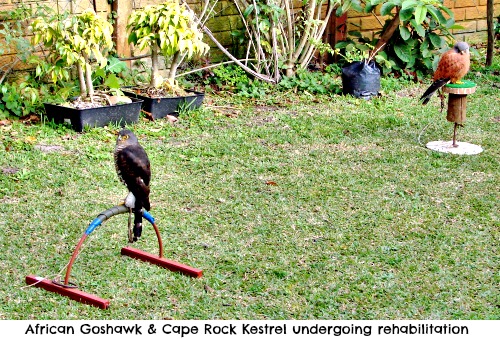
As word got round, Andy became involved in rehabilitating raptors in his new location. The couple decided to give their house the name of Bird Cottages as they created spaces to offer two areas as holiday accommodation.
Over the years many birds have passed through Andy’s hands and he gained valuable experience rehabilitating raptors. Some arrived badly injured with little chance of being released back into the wild and others regained their health and condition sufficiently for him to joyfully set them free again into their natural habitat.
How rehabilitating Raptors happens
As Andy explained, rehabilitating raptors requires time, patience, commitment and intimate knowledge of the particular species' requirements so a genuine love for these feathered creatures is needed.
- When someone finds an injured bird, it will likely be in
shock. The best thing is to place a towel or warm confining garment over it being careful to avoid retaliation from its' talons and beak. Then, put it in a box and take it to the
nearest vet (or rehabilitator if that is easier).
- The vet will examine the bird and decide what needs to be done. Wing bones are often fractured and an x-ray will determine whether a pin is indicated. Simply binding the wings to the body rendering them immobile for a time could also do the trick, allowing self-healing to take place with minimal interference.
- The vet will usually administer much needed electrolytes and vitamins to make sure the injured bird is restored to full hydration. Dusting for external parasites may be necessary because the general condition of the bird is weakened by the trauma of its injury.
- It is can then be passed on to a rehabilitator where it is either placed in a small cage to restrict its movements or allowed into a larger cage or perhaps even an aviary. At this point, the hope is the bird will eat by itself.
- When it is time to release the bird there are several factors to consider. It must be fit and fully healed. The
locality of the release is of major importance. Its natural prey must be
available. It should never be released in an area that would bring it into
conflict with a breeding pair of the same species.
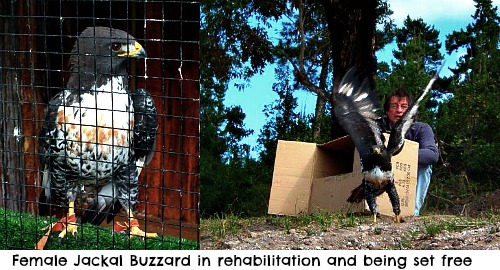
Examples of Rehabilitating Raptors
Early in 2015 a beautiful Jackal Buzzard struck a car near Sedgefield Golf course sustaining a fracture of the ulna. The vet decided to simply bind the wings to the body. After 4 weeks the wing was x-rayed and found to be perfectly healed. She was exercised in captivity for a further 4 weeks, fed well and finally successfully released back into her original territory.
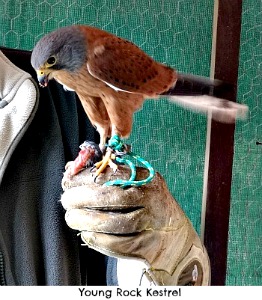
Most rehab birds come with a history. The Rock Kestrel in the photo came to Andy as a very young bird around 6 weeks old, all the way from Somerset West.
Someone found it on a patio and thinking it was too young to survive brought it inside, keeping it for a while not realising they were doing more harm than good. The parents were probably aware of the locality of the youngster and would no doubt have taken care of it.
A mutual friend brought it to Andy who looked after it for 18 months, flying it for release. It was eventually released in the upper Knysna River area where the cliffs provided a suitable habitat for it.
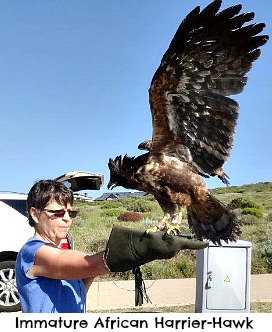
The immature African Harrier Hawk (formerly Gymnogene) in the photo was blown off its nest near Herold’s Bay by strong winds that occur frequently along this coastline.
It was close to death when found and brought to Simply Vets Integrated Health Clinic in Sedgfield.
In this instance, it was cared for by local vets Anushka Viljoen and Professor Anne Carstens with assistance from Andy until its successful release.
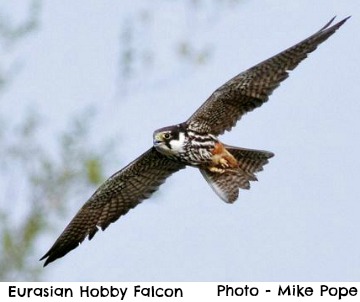
A Eurasian Hobby Falcon was found lying on the ground with a rip in its abdomen in Central Sedgefield by a Municipal worker. (not actual photo)
After surgery by vets at the Knysna Veterinary Clinic it was released 4 weeks later, just in time for its migratory journey north back to Europe.
This smallish raptor is an amazing bird that flies very swiftly for long distances, feeding mostly on the wing on insects and bats.
Owl Awareness Project at Scarab Market
As part of Andy’s function of rehabilitating raptors, an Owl Awareness Project was suggested by Hank Chalmers, a friend of Andy’s and owner of Eagle Encounters at Spier. The aim of the project is to dispel myths and negative perceptions about owls and to educate people of the deadly effect that indiscriminately used rat poisons have on owl populations.
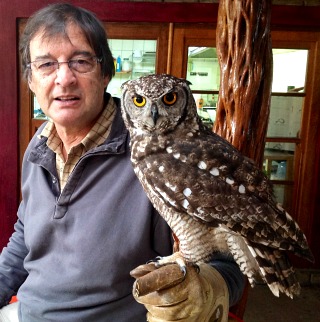 Andy and Vincent
Andy and VincentAfter obtaining the necessary permits, Hank sent Andy a Spotted Eagle Owl that had been human imprinted. This means it has been brought up and fed by a human and identifies itself with a human. As a result, it cannot be set free as it would go to any human for food thereby endangering itself.
However, this made the owl perfect for educational purposes. Unfortunately, its left ear tuft was damaged in-transit making the bird look unbalanced. With this look and its yellow eyes, Andy had no option but to call the bird Vincent! However, the ear tuft soon grew back.
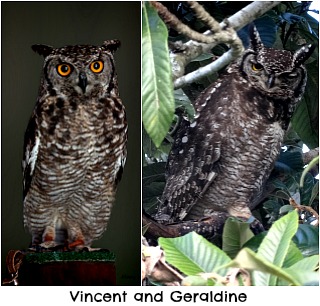
Vincent lives in an aviary on Andy’s property. One day Andy heard him calling in a soft, different-from-the-usual hoot and being answered.
He had attracted a girlfriend! She spent days in a Loquat tree close by. Andy called her Geraldine but sadly she realised after a few months there could be no future with Vincent!
On Saturdays Andy and Vincent could be found together at “The Owl Box” at Scarab Market.
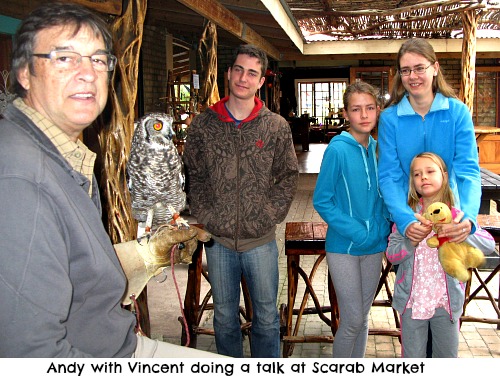
Seen close up, the beauty of this magnificent bird, looking very regal and wise, can be fully appreciated. An opportunity for a personal encounter like this helps people to understand the dangers inflicted on such birds by the indiscriminate use of chemicals that poison their prey (food).
The balance of nature is upset as owls, the natural predators that keep these vermin in check, will die when eating poisoned rodents.
Alternatively, their chicks will die when fed poisoned rats/mice by the parents. In this manner many owl populations have been wiped out of their normal habitats by such human ignorance and thoughtless actions.
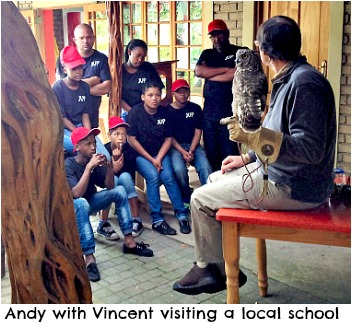
Since its inception, the Owl Project had been very
successful with residents and tourists visiting Sedgefield and local school groups.
Owl boxes could be ordered and purchased from Andy by people who know they live in an area where they can safely provide a nesting box for owls on their property. This is an environmentally friendly way to deal with a rats/mice problem.
The Sedgefield Island is a conservancy and used to be considered a safe place for owls. For several years locals have enjoyed watching Cape Eagle Owl chicks being safely raised by their parents in such a box on the Island.
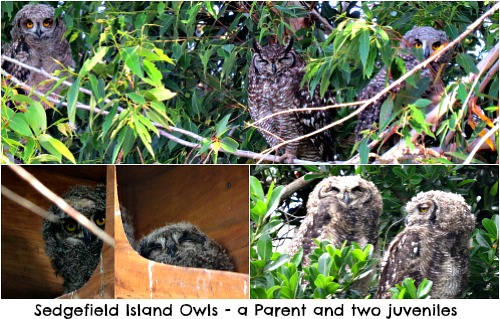
One year however, my sister noticed a very young owl on the ground in her Island garden and it wasn't moving. We phoned Andy and he came at once. It was discovered the young owl had broken its leg. He took it to Dr Anuska at Simply Vets and she painstakingly did a very delicate operation of putting a pin into the length of its very tiny leg.
Andy, in this instance, gave it over to a retired veteranarian in Mossel Bay to care for it. It achieved a full recovery and was able to be released into a safe area several month's later.
These days there are too many people driving around on the Island oblivious of birds and tortoises. And, too many people walk their dogs without leads so it's not surprising the adult owls have abandoned the owl box and gone elsewhere.
Sadly in 2022 Andy passed away but I leave this page here to honour the great work he did in caring for and raising awareness of birds of prey in our area and also to provide a link to a sanctuary on the Garden Route that is providing facilities for injured Birds of Prey while they use this opportunity to educate people as to their important role in our natural environment.

Links to Related Sites

Garden Route Birds of Prey was established by Bertus and Lizette Beukes in 2018 and is situated in George, Western Cape.

Their aim is to take over from Vets once they have done what is necessary from their perspective and to give birds the time they need to recover properly from their trauma so they have the best chance possible to return to the wild in a healthy state to survive the challlenges they face in their daily lives.
Most vets have the necessary facility to help stabilize and look after birds of prey for a few days, but not the time to ensure their satisfactory recovery which in some instances can take days, weeks and even months. The Beukes decided to start a rehab centre to help their community and birds of prey in the area, and also to house those that are unable to be released by using them for educational purposes.

